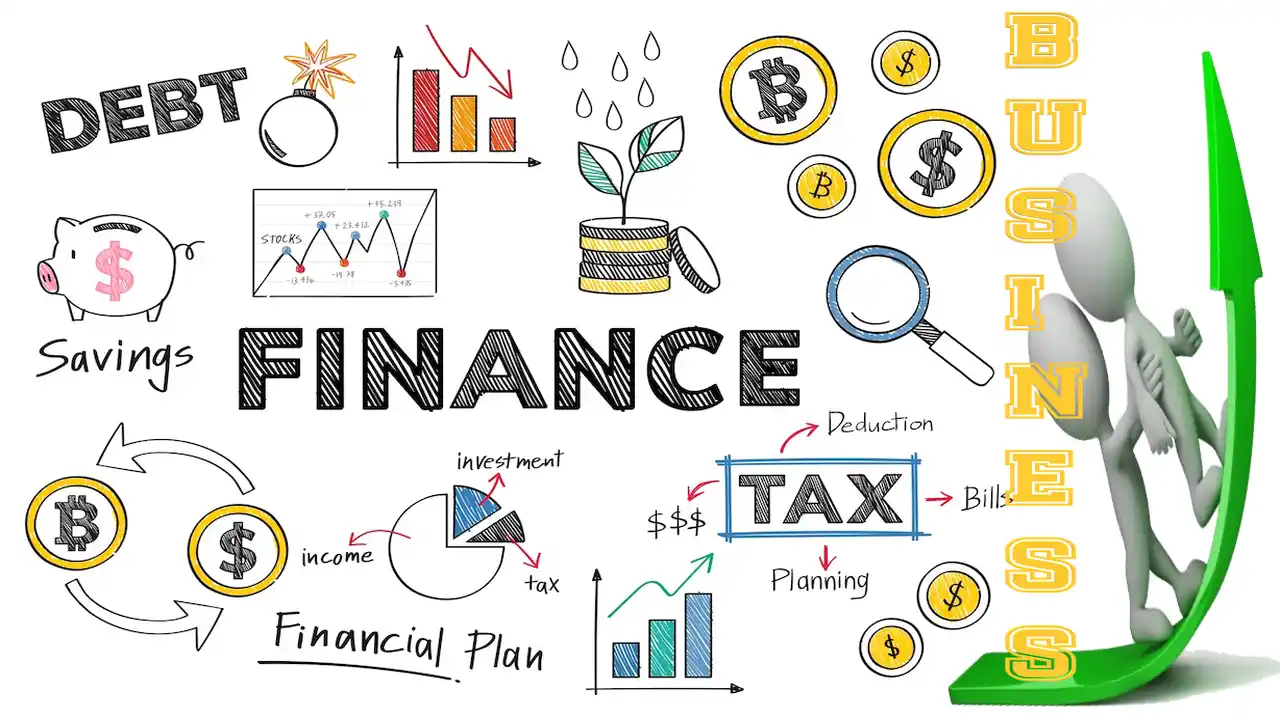To buy goods and services, entrepreneurs and company owners put aside a sum of money called “financial capital.” We gather and subsequently use these to make products or provide services to customers. There are two methods to raise capital through the stock markets. Corporations, similar to loans, must repay the principal amount along with interest at a later date when operating with bonds. For them, this is the initial revenue generator. The second option is to sell ownership in the company through the sale of stocks. Continue reading to become an expert on classification of capital market and learn everything you should know about it.
Banks, treasuries, and other financial institutions process the vast bulk of capital market transactions. Some capital market transactions, nevertheless, are visible to everyone at any time. As an example, anyone in the US having an internet connection can join Treasury Direct and utilize it to purchase bonds on the main market. This is true regardless of how tiny the proportion of overall bond sales is attributable to individual bond sales.
Classification of Capital Market
Classification of capital markets is possible based on the principal purpose of the market, the assets traded, and the age of the securities. There are two ways to classify financial markets: first, by the assets traded, and second, by the securities’ age. Lastly, the main action that financial markets undertake allows them to be classed. Consider reading these classification of capital market to increase your knowledge.
Regulated vs. Unregulated Markets
The government governs and oversees regulated markets, in contrast to unregulated markets that are not subject to the same level of oversight. When comparing regulated and uncontrolled markets, the degree of protection for investors is a key differentiator. The purpose of establishing and enforcing regulations in regulated markets is to safeguard consumers and promote honest trade. Buyers might not feel as safe in regulated markets as they would in unregulated ones. The result might be an increase in the likelihood of dishonesty, manipulation, and other forms of moral decay.
The level of candor shown is one such difference. The regulated ones tend to be more transparent than the unregulated ones. This is due to the fact that a greater amount of data regarding the stocks being traded and the company offering them is available. Consequently, investors might have an easier time weighing the potential benefits and drawbacks of their investments and making decisions based on reliable data. Investors may have a harder time locating accurate and current information on the products they want to purchase in unregulated marketplaces because of the potential lack of transparency.
Retail Vs Wholesale Marketplaces
Companies and other large investors deal on the wholesale market, whereas individual investors trade on the retail market. This is the main difference between the two marketplaces. The minimum amount needed to make an investment is a key differentiator between the retail and trading markets. Typically, the minimum investment amounts in bulk markets are far lower than those in retail marketplaces. The purpose of wholesale markets is to entice bigger investors from businesses, whereas retail markets cater to individuals. This is why buying in bulk from a store will cost you more money.
Equity Markets Vs Debt
The purchase and sale of debt assets, such bonds and money market instruments, is the purview of debt markets rather than equity markets. Conversely, stocks and other ownership shares in corporations are bought and sold on equity markets.
Private Vs Public Marketplaces
Whenever the value of traded equities on public markets changes, it reflects in the stock exchanges. Stocks on stock exchanges exemplify securities sold on public markets. On private markets, investors can purchase and sell assets that the public does not have access to. Such assets include, but are not limited to, private equity investments and stocks in privately held companies.
Markets for Derivatives
Futures, options, and swaps are contracts whose value is based on an underlying item, and they are traded here. The derivatives market is the name for it. Investors can make the most of their losses (or gains) when trading futures markets with a smaller amount of money. Leverage describes this situation. For the owners, this is a huge boon. Given that even small changes in price can lead to substantial gains or losses, the derivatives market may be more precarious than more conventional markets.
Capital Markets Vs Money
Money markets facilitate the purchase and sale of debt instruments with maturities of one year or less. In capital markets, people purchase and sell securities having maturities more than one year.
Markets: Regulated, Unregulated, Exchange-traded
Customers can buy and sell securities using over-the-counter (OTC) marketplaces instead of going through a regulated exchange. Sites where goods can be bought and sold on an official exchange are called exchange-traded markets, or stock exchanges.
Markets Primary and Secondary
The main market, where issuers directly sell securities to investors and retain all proceeds, is the hub for securities trading on the stock exchange. It handles the buying and selling of newly issued securities, contrasting with the secondary market used for already released assets. Purchasers of never-traded securities benefit the company when stocks are sold in main market transactions. Bonds on this market offer income for various entities. Companies achieve similar goals through IPOs, often assisted by a financing syndicate. The prospectus details the underwriting process, which involves dealer commissions.
The secondary market facilitates the buying and selling of financial instruments like stocks, bonds, options, and futures. This subset is referred to as the “aftermarket” or “follow-on public offering.” In the context of selling assets, the “primary market” denotes the initial transaction where the issuer sells to a buyer. After the first sale, entities promptly resell the securities on the secondary market. The “primary market” specifically pertains to selling newly issued securities, while trading of these securities occurs in the “secondary market.” Newly issued securities trade in the main market, considered primary if the issuer benefits from sales revenues.
Primary & Secondary Debt Markets
The primary debt market is a market where entities issue new debt securities. Conversely, secondary debt markets involve the trading of previously issued debt instruments. Debt instruments offered for the first time in the primary debt markets may yield a profit for issuers. Secondary debt markets enable active trading of previously issued debt securities by investors.
Access to capital is another differentiator. Secondary debt markets are more active than primary loan markets due to a growing willingness to exchange already-launched assets. The heightened interest in buying and selling within the secondary market makes it easier for investors to conduct business there. The reason behind this is the rise in the number of people seeking to buy and sell. Due to lower demand for primary debt instruments upon their first release, primary debt markets may lack the liquidity of secondary debt markets.
Home Market Vs Global Market
When it comes to trading securities, international markets encompass a wide range of nations, whereas domestic markets are limited to only one. The variety of goods and services offered is one major difference between local and international marketplaces. Investors in foreign markets have the opportunity to diversify their portfolios while potentially benefiting from the economic growth of other nations. This can help investors stay away from the dangers of putting all their eggs in one local market’s basket.
FAQ
What Role does the Capital Market Play in Promoting Economic Expansion?
Additionally, capital markets have the potential to protect economies from the erratic fluctuations in capital flows and reduce their reliance on foreign loans. In addition to providing a number of investment options for companies and people seeking to cut costs, capital markets also encourage transparency and good governance.
First- or Second-tier Capital Markets?
Investors raise money by buying and selling bonds, stocks, and other investment products on the capital market, which is part of the financial system. On the secondary capital market, buyers and sellers of securities transact. On the primary capital market, entities generate and sell new bonds and stocks to individual investors.
In what Ways is Capital Classified?
Capital is the cash on hand that a company uses for both current and future operations and expansion. We refer to owned funds as capital. The four main forms of capital are equity, working capital, trade capital, and loan capital. Brokerages are just one of many other types of financial firms that use trading capital.
Final Words
To meet their short-term liquidity needs, like those for regular operating expenses, people often borrow money from money markets. For instance, a business may need quick cash to pay its staff if it has received payments from customers but has not yet processed them. It is usual practice for businesses to borrow money from main capital markets so they can expand their asset base and increase their revenue. A long-term loan would be appropriate given that the investment’s return might be months—if not years—away. When performing various business tasks, keep in mind that classification of capital market plays an important role in the overall process. Your education will advance on topic components of capital market if you read more.






